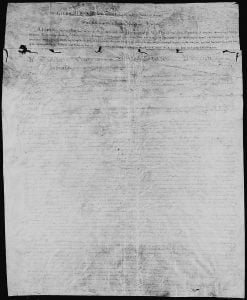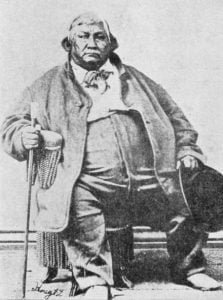Treaty of February 22, 1855
Articles of agreement and convention made and concluded at the city of Washington, this twenty-second day of February, one thousand eight hundred and fifty-five, by George W. Manypenny, commissioner, on the part of the United States, and the following-named chiefs and delegates, representing the Mississippi bands of Chippewa Indians, viz: Pug-o-na-ke-shick, or Hole-in-the-day; Que-we-sans-ish, or Bad Boy; Wand-e-kaw, or Little Hill; I-awe-showe-we-ke-shig, or Crossing Sky; Petud-dunce, or Rat’s Liver; Mun-o-min-e-kay-shein, or Rice-Maker; Mah-yah-ge-way-we-durg, or the Chorister; Kay-gwa-daush, or the Attempter; Caw-caug-e-we-goon, or Crow Feather; and Show-baush-king, or He that passes under Everything, and the following-named chiefs and delegates representing the … Read more


